The American Wild West is filled with legends, but few stories are as enduring as the saga of Morgan Earp, a man whose life and untimely death became intertwined with the most infamous moments in frontier history. From his involvement in the legendary Gunfight at the O.K. Corral to his shocking assassination, Morgan Earp’s life epitomized the lawlessness and violence of the Old West. In this article, we’ll trace Morgan’s journey—from his early years in Iowa to his tragic death in Tombstone—and explore how his story continues to captivate the imagination of those who seek to understand the true nature of the Wild West.
Morgan Earp’s Early Life: From Iowa to the West
Morgan Seth Earp was born on April 24, 1851, in Pella, Iowa, into a large family of 10 children. Growing up on the family farm, Morgan was no stranger to hard work, but he longed for adventure beyond the fields of Iowa. His early life was shaped by the Civil War, which saw his brothers join the Union Army, leaving Morgan and his siblings, Wyatt and Warren, to manage the farm.
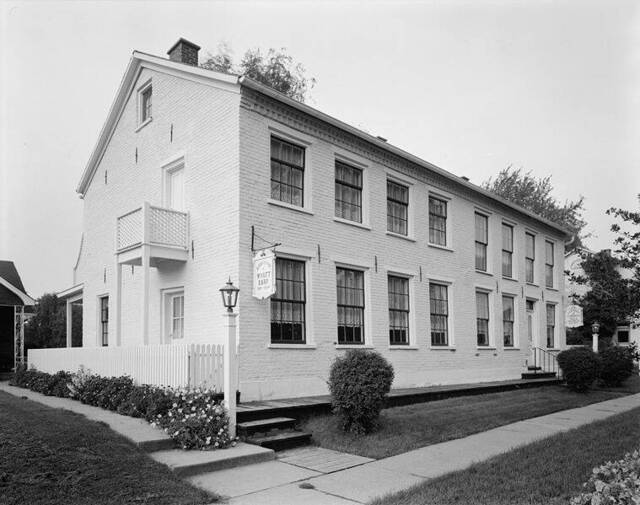
Though farming wasn’t to his liking, Morgan’s desire for a life of excitement would soon be realized when his family moved to California in 1864, and later to Missouri. It was in Missouri where Morgan first encountered law enforcement and began to take on roles in the legal system—laying the foundation for his future career as a lawman.
Video
Check out the video “Old West Vignette: The Assassination of Morgan Earp” to dive into this historic event.
The Earp Family’s Move West: Lawmen in the Making
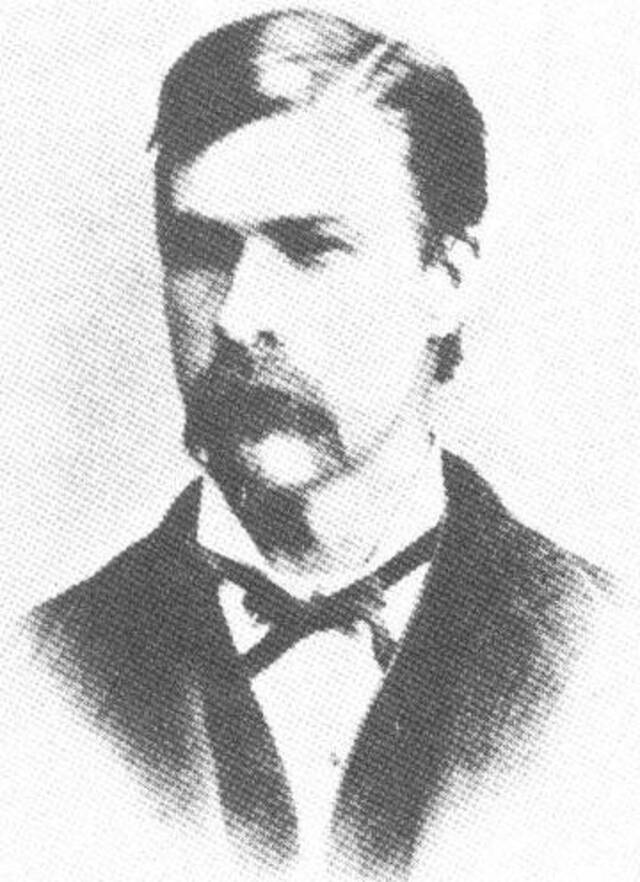
As the Earp family moved from place to place, Morgan’s brother, Wyatt, followed their father’s footsteps, becoming a constable, while Morgan began to show an increasing interest in law enforcement. The family’s relocation to various towns across the Wild West exposed them to the chaos and lawlessness of the frontier, providing Morgan with the perfect setting for his future role as a lawman.
By the late 1870s, Morgan had moved to Dodge City, Kansas, and then to the growing frontier town of Tombstone, Arizona, in 1880. The small silver-mining town of Tombstone, with its booming economy, also had a dark underbelly filled with criminals and violence—a place where the Earp brothers could use their skills in law enforcement.
Tombstone: A Lawless Town and the Earp Brothers’ New Home
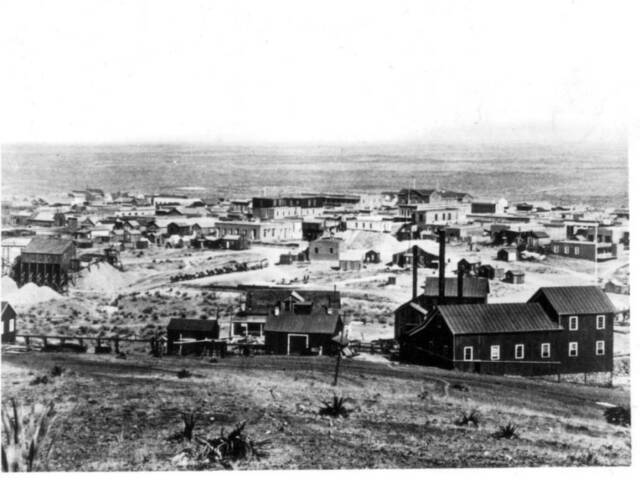
Tombstone was a town of opportunity and danger, where the pursuit of wealth through silver mining often collided with lawlessness and violence. Morgan, along with his brothers Virgil and Wyatt, soon found themselves caught in the middle of a bitter struggle between the law-abiding citizens and the notorious outlaws of the Cochise County Cowboys.
As tensions grew, the Earps took on official roles in law enforcement. Virgil became the town marshal, Wyatt the deputy sheriff, and Morgan served as a deputy U.S. marshal. However, their position did not shield them from conflict. The Cochise County Cowboys, a group of Confederate sympathizers, had their own vested interests in controlling the town—and the two factions were on a collision course.
The Conflict with the Cochise County Cowboys
The trouble between the Earps and the Cochise County Cowboys escalated when a town marshal, Fred White, was accidentally shot and killed by one of the Cowboys in 1880. This tragic event put Virgil Earp in charge as the town marshal, and tensions began to boil over. The Earps quickly passed an ordinance making it illegal for anyone to carry firearms in town, which made it easier for them to arrest members of the Cochise County Cowboys.
Though the outlaws tried to retaliate, things really took a turn when a series of small skirmishes led to a violent standoff that would be forever etched in history.
The Infamous Gunfight at the O.K. Corral
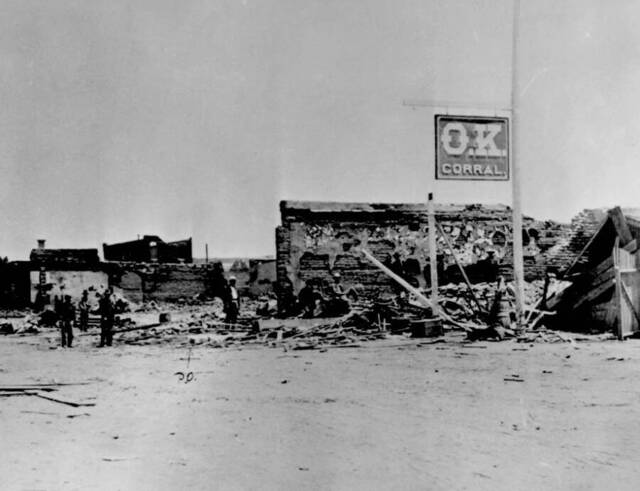
On October 26, 1881, the simmering conflict finally boiled over into the Gunfight at the O.K. Corral. The skirmishes between the Earp brothers and the Cowboys had built up to this fateful moment. After a series of threats, including one from Ike Clanton, an infamous Cowboy, the Earps—joined by their friend Doc Holliday—decided to confront the outlaws.
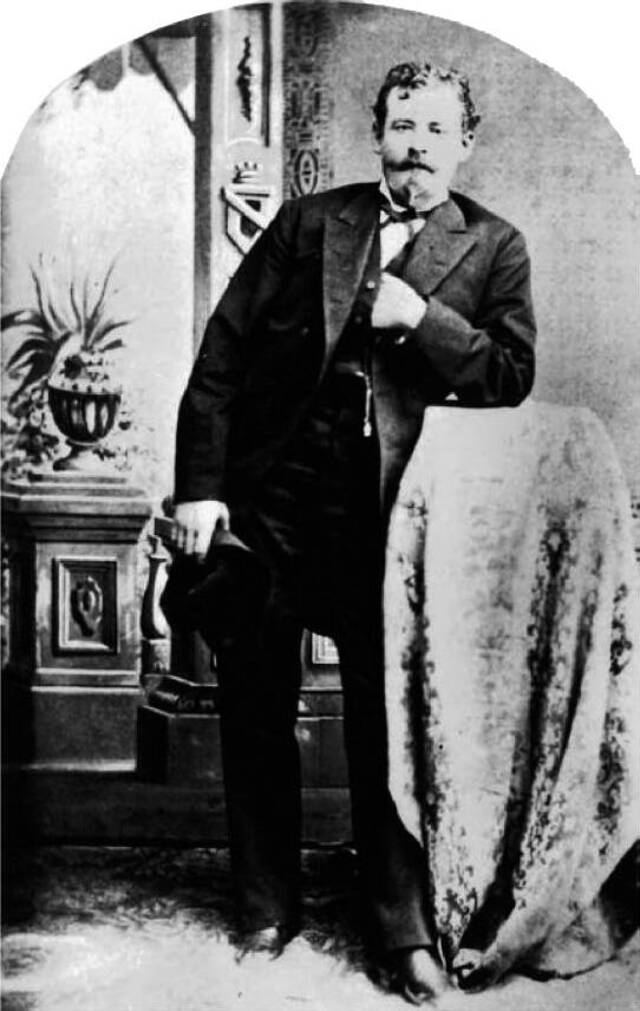
The infamous gunfight actually took place in an empty lot near the O.K. Corral, and in just 30 seconds, 30 shots were fired. Three of the Cowboys were killed in the exchange, and Morgan Earp himself was struck by bullets across both shoulders. Despite the injuries, Morgan was able to continue fighting, and it’s said he likely fired the last shot that killed Frank McLaury.
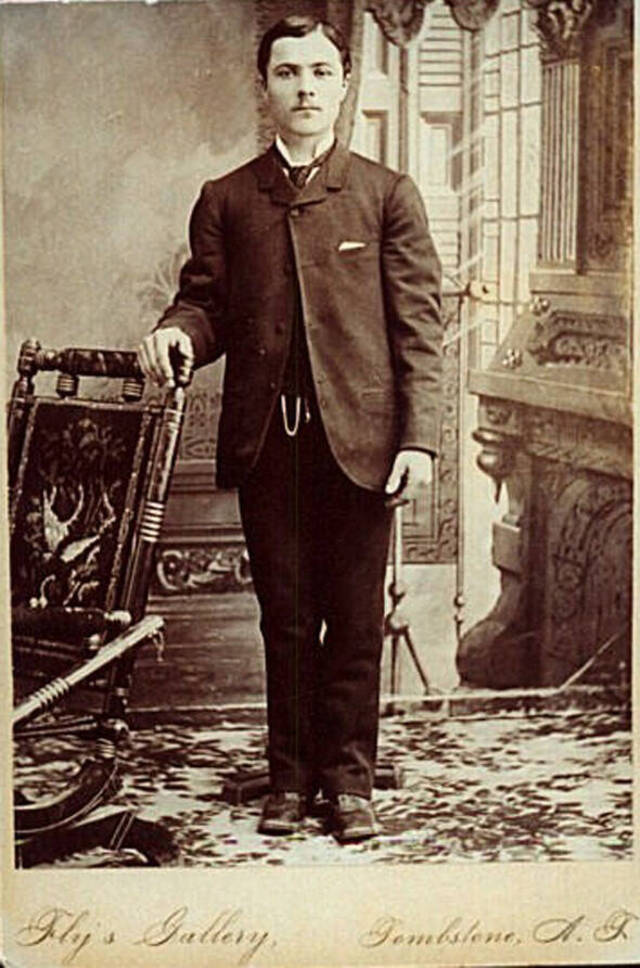
The aftermath of the gunfight was as dramatic as the event itself. While the Earps were cleared of any wrongdoing by the courts, the incident intensified the hatred between the two groups and left a permanent mark on Tombstone’s history.
The Deadly Retaliation: The Assassination of Morgan Earp
Despite the gunfight being a victory for the Earps, the repercussions were swift and violent. As tensions escalated, the Earps became the targets of retaliation from the Cochise County Cowboys and their allies. In December 1881, Virgil Earp survived an assassination attempt, but Morgan’s fate would be far more tragic.
On March 18, 1882, while playing billiards at the Campbell & Hatch Billiard Parlor in Tombstone, Morgan Earp was shot by an unknown assailant. The bullet entered his body near his left kidney and exited on the right side, severing vital blood vessels and causing massive internal bleeding. Morgan’s death came just an hour after the attack, and his passing sent shockwaves through the town.
Wyatt Earp’s Vendetta: A Brother’s Revenge
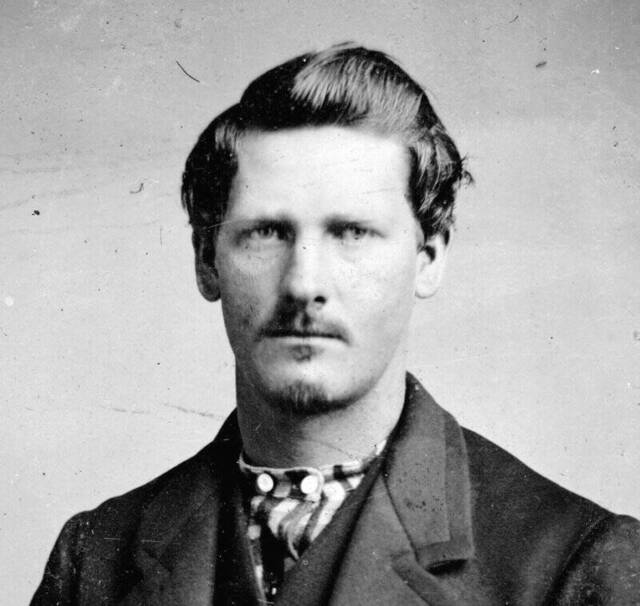
Morgan’s death did not go unanswered. Wyatt Earp, determined to avenge his brother’s murder, launched a personal vendetta against those responsible. He led a violent manhunt for anyone suspected of being involved in Morgan’s assassination, further cementing the Earp family’s violent role in Tombstone’s history.
However, Wyatt’s pursuit of vengeance would eventually lead to his forced departure from Tombstone, as the political and legal ramifications of his actions threatened to turn against him. Despite the tragic circumstances, the quest for justice continued in the chaotic landscape of the Old West.
Legacy of Morgan Earp: A Tragic Symbol of the Wild West
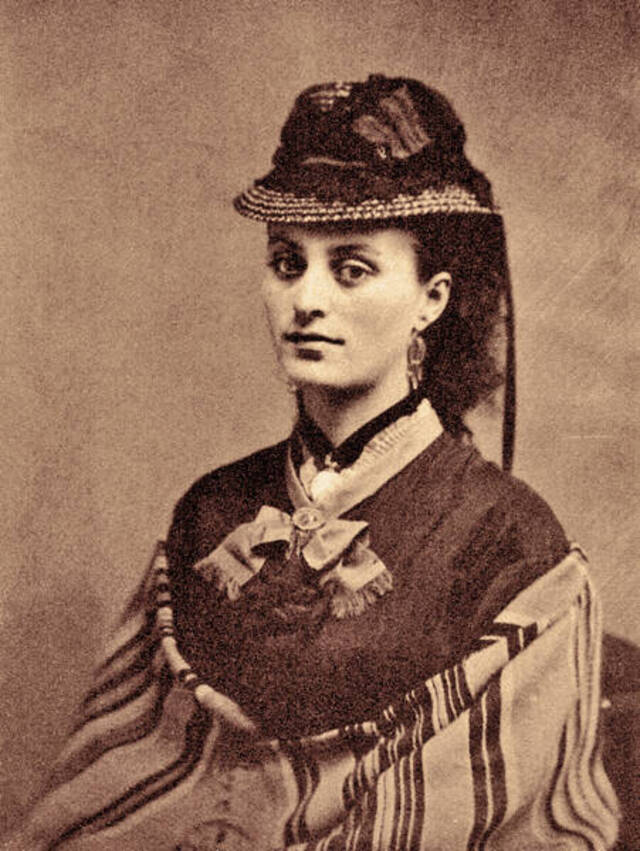
Morgan Earp’s life may have been cut short, but his story remains a powerful symbol of the violence and lawlessness that defined the Wild West. His involvement in the Gunfight at the O.K. Corral, coupled with his tragic assassination, has solidified Morgan’s place in the annals of Old West history.
Though Morgan Earp’s legacy may not be as widely known as that of his more famous brother Wyatt, his contributions to the Earp family’s role in Tombstone and the greater Wild West saga have left an indelible mark on history.
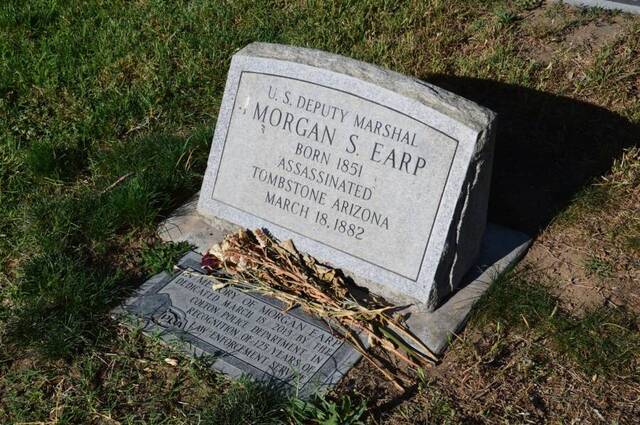
Video
Watch the video to explore Morgan Earp’s grave and the Earp family home & graves in Colton, California.
Conclusion: The Enduring Myth of Morgan Earp’s Life and Death
The tragic story of Morgan Earp is a powerful reminder of the dangers and complexities of life in the American frontier. His death, the result of a violent and unrelenting feud, symbolized the harsh reality of the Wild West—a time when the line between lawman and outlaw was often blurred.
Morgan’s story is not just one of violence and vengeance; it is a tale of family, loyalty, and sacrifice in the face of insurmountable odds. His life and death continue to resonate today, serving as a reminder of the turbulent and lawless period that helped shape the United States.



